The Pyxa™ Platform is Spatial, Cubed.
Sample preparation, automated imaging, and 3D data analysis all in one.
Capture the full complexity of diverse cellular landscapes with
Pyxa 3D spatial multiomics
The Pyxa platform is the first 3D, high-plex, confocal spatial system on the market. Overcome limitations of 2D spatial biology systems reliant on widefield microscopy and enable advanced analysis such as:
- 3D cell cluster and cell-cell communication analysis.
- Detection and tracking of small RNAs (siRNA, gRNA, etc.) along with associated biological pathways.
- Increased tissue volume imaged for increased rare cell and rare event detection.
- All within a multiplexed and highly automated workflow.


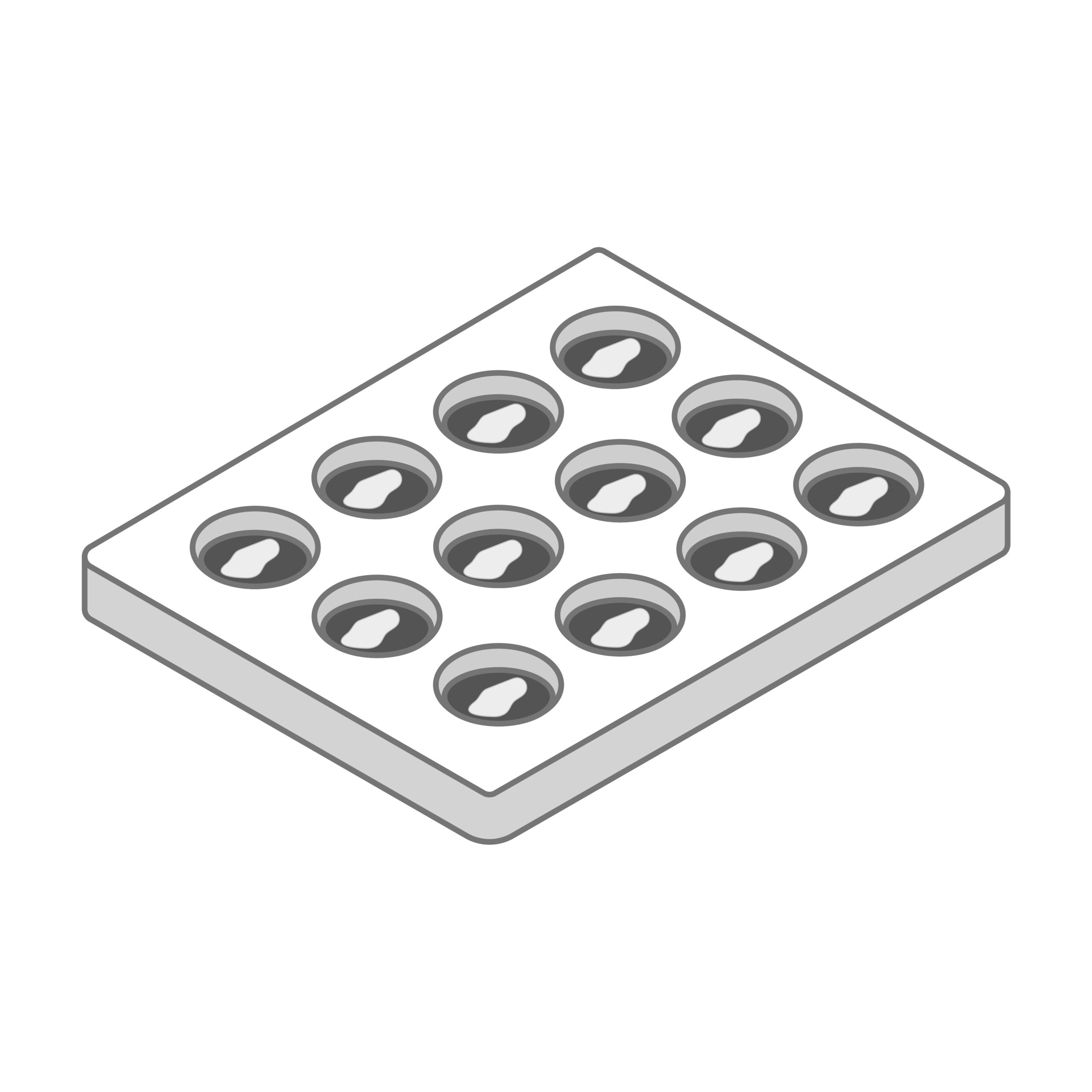

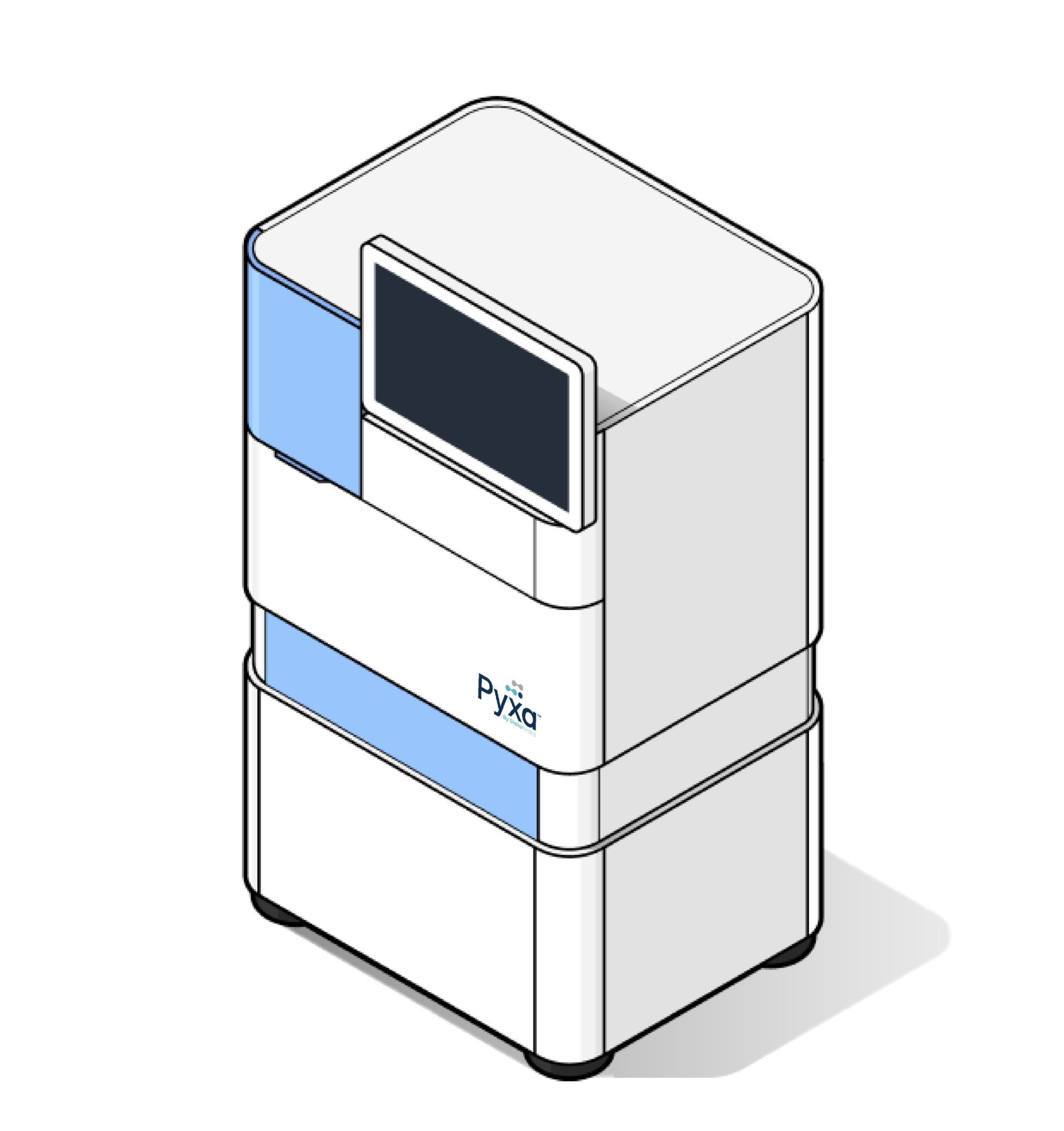

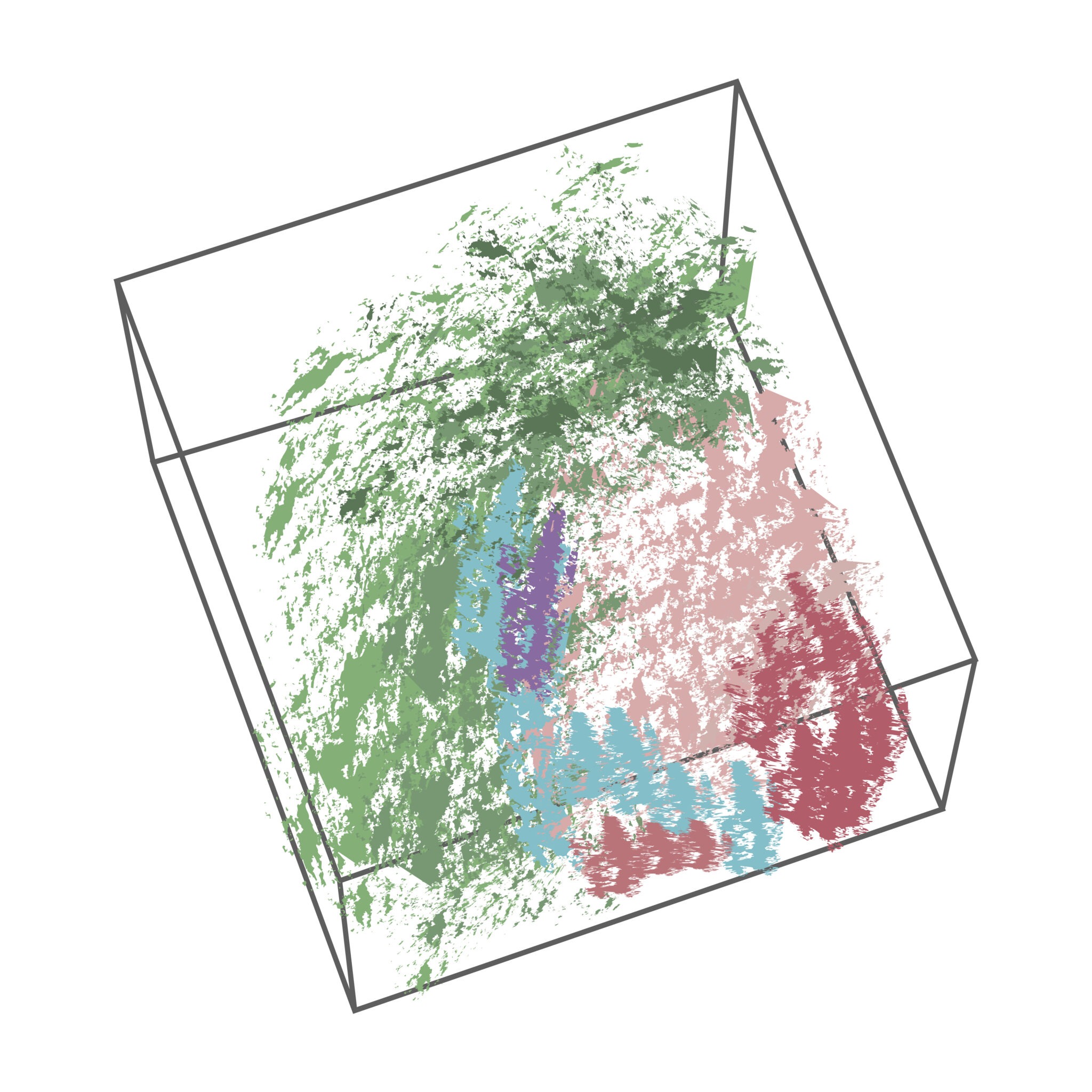
10x to 40x thicker tissue samples
Start with thick, intact tissue sections (20 to >100 um) to maintain native cellular architecture and reduce sampling error.
Compatible with human, mouse, non-human primate, and many more species.
Flexible chemistry allows targeting of both short and long RNA sequences, whether endogenous or exogenous.
Proprietary 3D
probe chemistry
Sample preparation in 12-well microplate format increases throughput (each well area is nearly equivalent to a standard 2D slide). Samples can be stored and shipped after preparation.
Pyxa chemistry leverages specific amplification of nucleic acids via intramolecular ligation via paired primer and padlock probes (SNAIL probes) to convert target RNA molecules into DNA amplicons with gene-unique codes.
This enables highly multiplexed RNA detection in tissue hydrogels by multiple rounds of sequencing by ligation.

3D sequencing by ligation with error-reduction
Sequencing with error-reduction by dynamic annealing and ligation (SEDAL) uses reading probes to decode bases, and fluorescence probes to decode sequence information into fluorescence signals.
Decoding probes only transiently bind to the target DNA and ligate to form a stable product for imaging only when a perfect match occurs, which eliminates error accumulation.
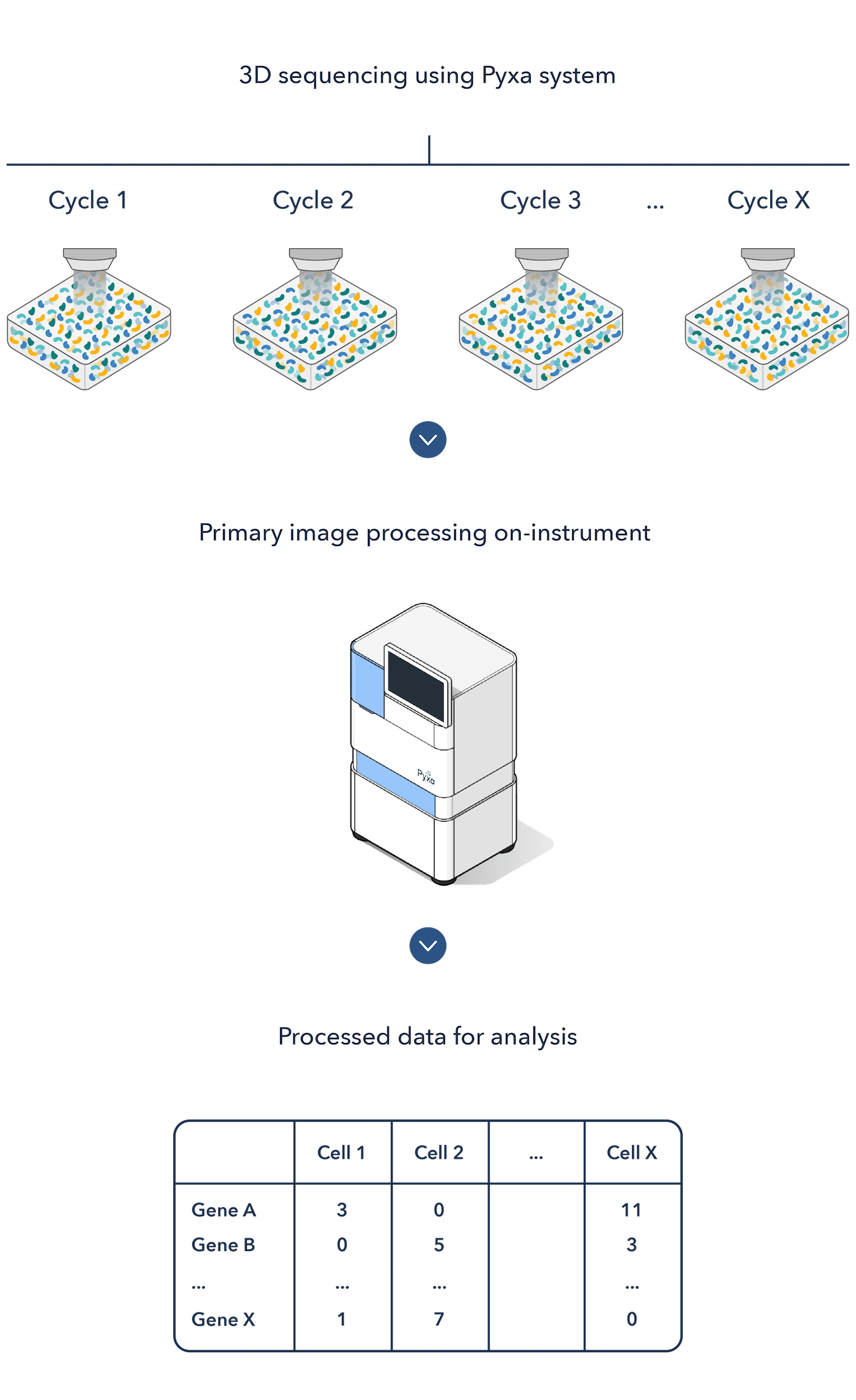
Advanced visualization and analysis in standard formats
Visualization Tools
- Transcript locations as dots within tissues.
- DAPI staining with interactive interfaces for selecting sub-regions.
- Cell-colored boundaries by cell type with clustering analysis.
Data output
- 3D gene expression patterns in intact tissue, including transcript coordinates in XYZ for specific cells.
- Cell-by-gene matrix for quantitative analysis.
- Output files compatible with downstream analysis pipelines.

Assays available on the Pyxa platform
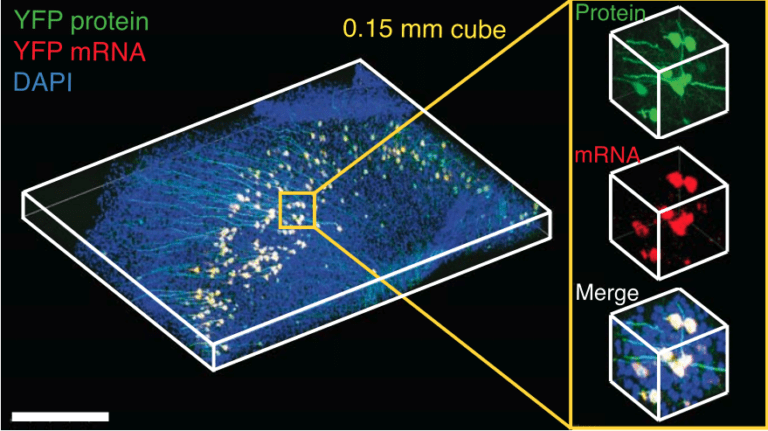
STARmap for transcriptomics
Challenge: Retrieving high-content gene-expression information while retaining 3D positional anatomy at cellular resolution
Innovation: 3D intact-tissue RNA sequencing, which integrates proprietary hydrogel-tissue chemistry, targeted signal amplification, and in situ sequencing.
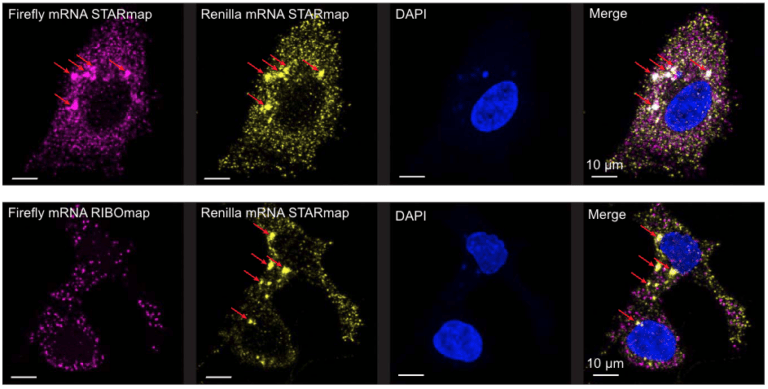
RIBOmap for translatomics
Challenge: RNA levels and protein levels often do not match up. Profiling proteins is costly and difficult to scale to large numbers.
Innovation: RIBOmap measures only translated RNAs serving as a practical and scalable approximation of protein expression.
Coming Soon!
Assays for ultra thick tissue, temporal resolution, and much more.